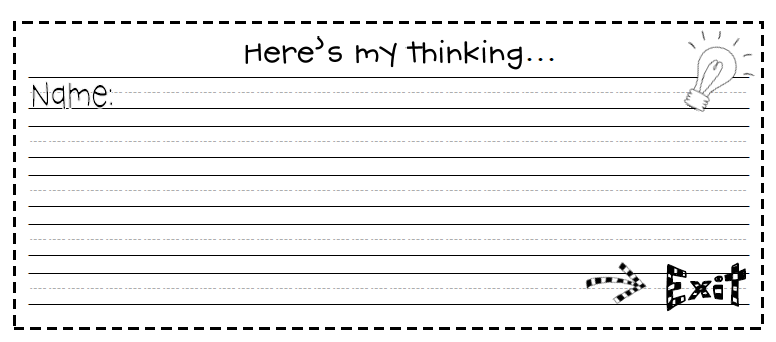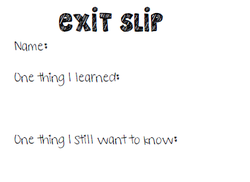Written by Kirby Larson
Copyright 2006
Published by Delacorte Press
Reading level: grades 5-6+, ages 11+, Lexile measure 700L, DRA 60
Suggested delivery: independent read
Genre: Historical fiction
Courageous ~ Fearless ~ Discovery ~ Friendship ~ Brave
Summary:
Young Hattie has been moved around between relatives for 16 years now and she's tired of it. With courage, she leaves Iowa to make a new home for herself. On her journey, she encounters many unexpected problems such as drought, frost and blizzards. Despite these unfortunate hardships, Hattie moves forward. In search for a new home, she comes across new friends and neighbors. In time, she finds herself being pressured to be a loyal American, which forbids her to have friendships with Germans. Through it all, Hattie stays determined to find herself the true meaning of home.
Vocabulary to Know:
Husbandry: the cultivation and production of edible crops or of animals for food
Cross:
Sedition: incitment of discontent or rebellion against a government
Meander: to wander aimlessly; ramble
Chinook: a warm, dry wind that blows at intervals down the eastern slopes of the Rocky Mountains
Bayonet: a dagger-like steel weapon that is
attached to or at the muzzle of a gun and used for stabbing or slashing
in hand-to-hand combat
Dubious: doubtful
Persnickety: over particular, fussy
+During Reading Activity: Have students use a graphic organizer to keep track of the main character, Hattie. (Some examples shown below). Graphic organizers are a great way to see how character develop throughout the course of a book. In a book like this it can be important to do so. Sometimes students can lose track of characters and how they may grow and develop during a story. I always loved having graphic organizers to fill out to keep my ideas organized so that they made sense to me. Students can also use these to make connections as they fill it out.
+After Reading Activity: Create a "What Stuck With You Today" chart in the classroom that can be filled out by students at the end of each day regarding "Hattie Big Sky" and what students have learned during that day's reading. (Example shown below) This activity can be anonymous, which is great for students to know because they will not be afraid of their response. The teacher can then look at students answers at the end and see who is understanding the book and who may be missing key concepts about the book. A way to alter the chart could be to have a key question for students to answer that would pertain to that day's reading. Post that question at the top of the chart and have students fill out their response on a sticky note and put it in the slots.
+Writing Activity: Have students right a letter to the main character, Hattie. Students will need to set up their letter the correct way. Students can write to Hattie about how they would feel if they were in her shoes and had many different homes like she did. Hattie never had a true place to call her own. In doing this, students are able to demonstrate their understanding of Hattie's feelings. They can make connections and ask her questions. Students can really benefit from an activity like this.
http://www.slideshare.net/KathrynWhitehouse/264-hattie-big-sky
Padlet prompt!
http://padlet.com/schnitmank/9yrhwboyk90a
Author Kirby Larson
Suggested Lesson Ideas:
+Before Reading Activity:With a book like this it would be a good start to have students do a Word Scavenger Hunt. Take some of the vocabulary from above and have the students search around the room for the necessary vocabulary words. Once they have done so, gather them on the carpet and review the word's definitions. The following day, you could have students work with partners and do another scavenger hunt around the room and not only look for the word, but also the word's definition. An activity like this can prepare students for the vocabulary they'll see in the text.+During Reading Activity: Have students use a graphic organizer to keep track of the main character, Hattie. (Some examples shown below). Graphic organizers are a great way to see how character develop throughout the course of a book. In a book like this it can be important to do so. Sometimes students can lose track of characters and how they may grow and develop during a story. I always loved having graphic organizers to fill out to keep my ideas organized so that they made sense to me. Students can also use these to make connections as they fill it out.
+After Reading Activity: Create a "What Stuck With You Today" chart in the classroom that can be filled out by students at the end of each day regarding "Hattie Big Sky" and what students have learned during that day's reading. (Example shown below) This activity can be anonymous, which is great for students to know because they will not be afraid of their response. The teacher can then look at students answers at the end and see who is understanding the book and who may be missing key concepts about the book. A way to alter the chart could be to have a key question for students to answer that would pertain to that day's reading. Post that question at the top of the chart and have students fill out their response on a sticky note and put it in the slots.
+Writing Activity: Have students right a letter to the main character, Hattie. Students will need to set up their letter the correct way. Students can write to Hattie about how they would feel if they were in her shoes and had many different homes like she did. Hattie never had a true place to call her own. In doing this, students are able to demonstrate their understanding of Hattie's feelings. They can make connections and ask her questions. Students can really benefit from an activity like this.
 |
| Character Organizer |
For Further Knowledge and Exploration...
A book review of "Hattie Big Sky"http://www.slideshare.net/KathrynWhitehouse/264-hattie-big-sky
Padlet prompt!
http://padlet.com/schnitmank/9yrhwboyk90a
Author Kirby Larson






































